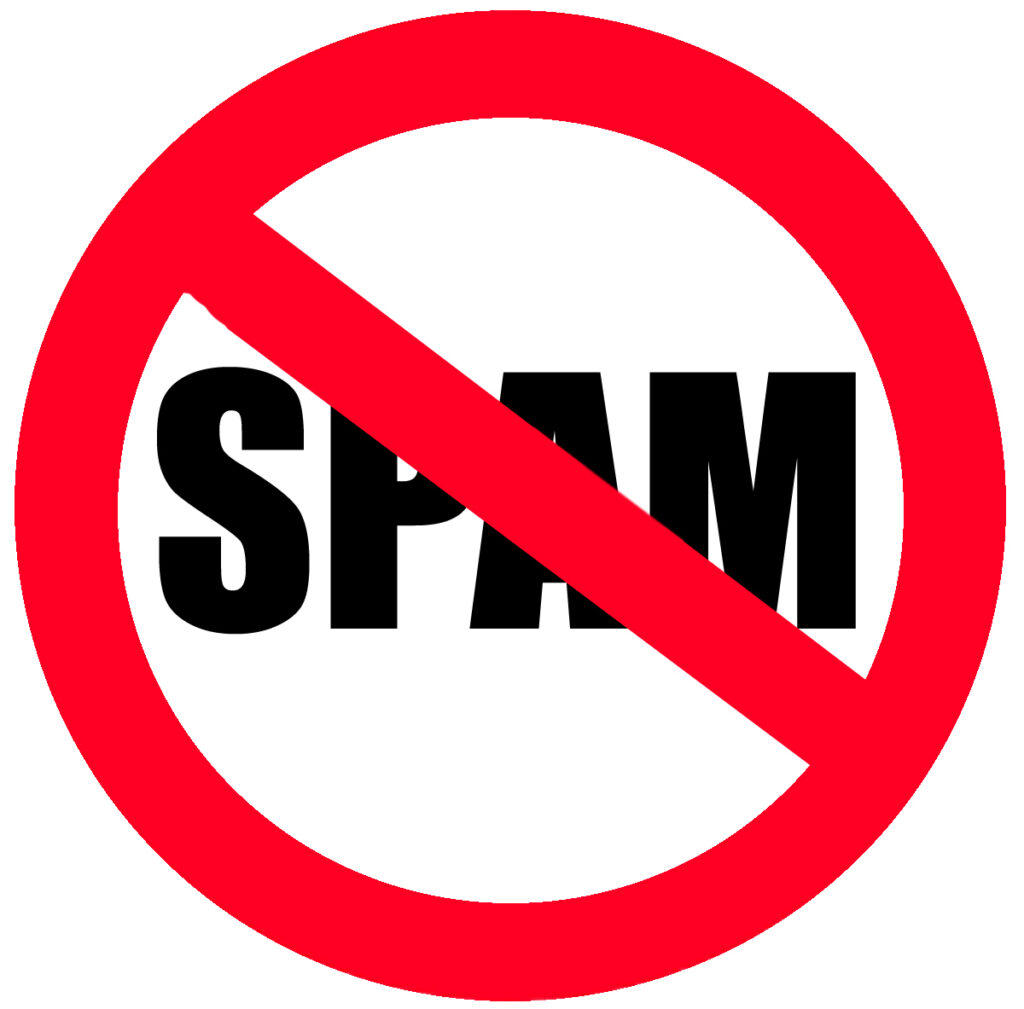 A big part of being information literate is knowing how to use information ethically and responsibly. This includes avoiding plagiarism, which we often define as deliberately stealing a chunk of text and trying to pass it off as your own.
A big part of being information literate is knowing how to use information ethically and responsibly. This includes avoiding plagiarism, which we often define as deliberately stealing a chunk of text and trying to pass it off as your own.
But it’s much more than this, and many times plagiarism isn’t as obvious as “don’t steal someone else’s work.” This post will discuss a few common misconceptions about plagiarism.
Misconception 1. Plagiarism means copying text word-for-word from a published work
As I mentioned in the previous section, this is the type of plagiarism we most commonly envision. Lifting a poem, essay or large chunk of text from a book and using it as your own work. And in the digital age with easy copy-and-pasting, it is easier than ever to do this with any website you come across. But in reality, a large percentage of cases of plagiarism don’t fit this mold at all.
For one, it doesn’t have to be word-for-word copying. There are also plenty of times where it doesn’t have to be from a published work, such as films, songs, data, images or even conversations. In this vein, a better definition for plagiarism is “using others’ ideas and words without clearly acknowledging the source of that information.” (Source: Indiana University)
Misconception 2. If I put something in my own words, it isn’t plagiarism
This is another common belief that turns out to be far from true. There are three ways to integrate a source into your own writing: quoting, summarizing and paraphrasing. A summary means putting the main idea of the source material in your own words, while a paraphrase is longer and includes more details.
In either of these two latter examples, you must adequately put the passage in your own words using substantially different phrasing, not just a trivial synonym or two sprinkled in. If you fail to do this, or don’t cite the source of the idea, it is still plagiarism even if you didn’t quote the original exactly.
Misconception 3. Plagiarism Is Just A Problem With Students
We usually hear about plagiarism in the context of the university or high school classroom, as a battle being waged between teachers and students. But recently there have been quite a few serious cases of plagiarism in very different settings.
A recent Jane Goodall book was put on hold after plagiarism allegations emerged. And at my alma mater an economics professor resigned after it was discovered he had plagiarized most of his academic work. There are also plenty more cases where those came from, involving journalists, professors, politicians and other high-profile figures.
Misconception 4. Most cases of plagiarism are intentionally planned
We often envision an offender planning out his or her deed in advance and clearly choosing to go the route of plagiarism. But often this is not the case. Perhaps the clearest example of “unintentional plagiarism” is a bad paraphrase that too closely mimics the original passage, usually due to one’s limited knowledge of what actually constitutes plagiarism. Another huge contributor is sloppy note taking; for example, scrawling down a quote without noting where it was from and then later thinking it is your own words.
Some good research strategies to avoid unintentional plagiarism:
Be sure to include:


Leave a Reply